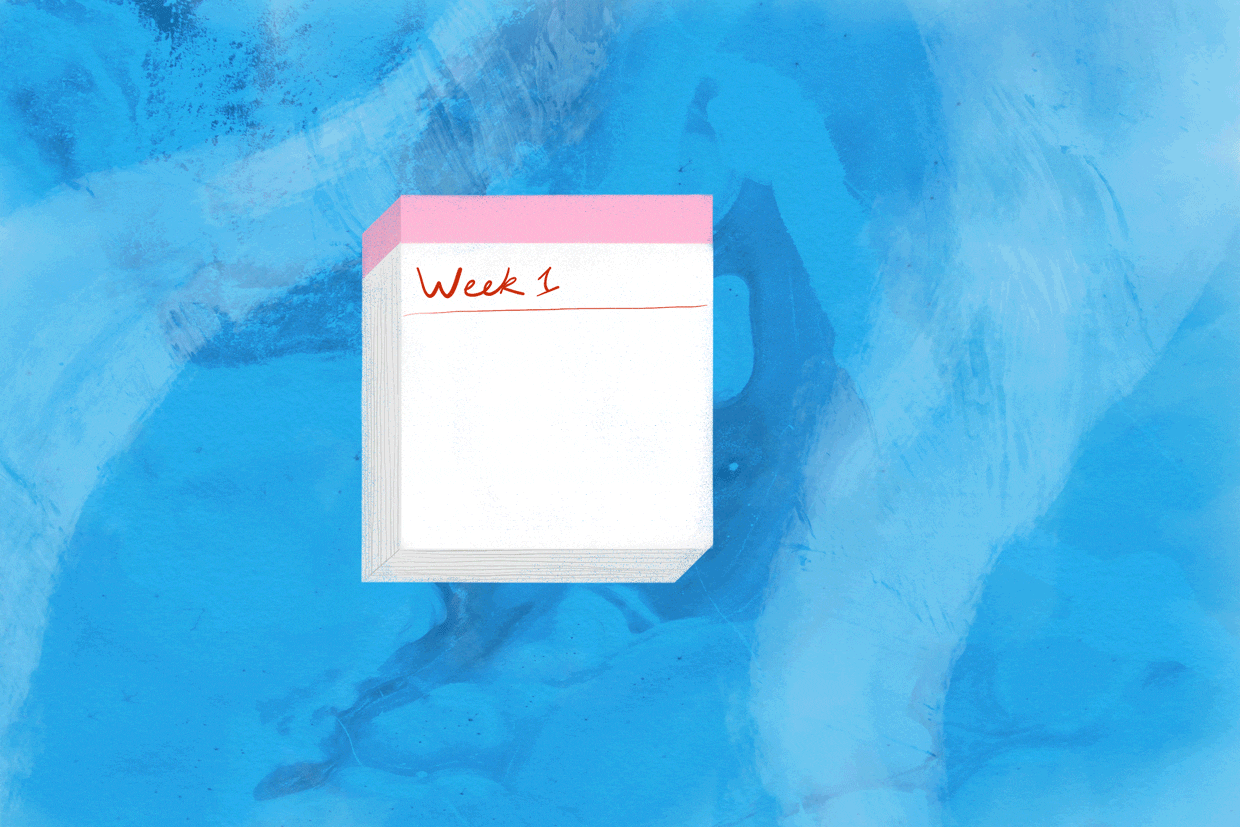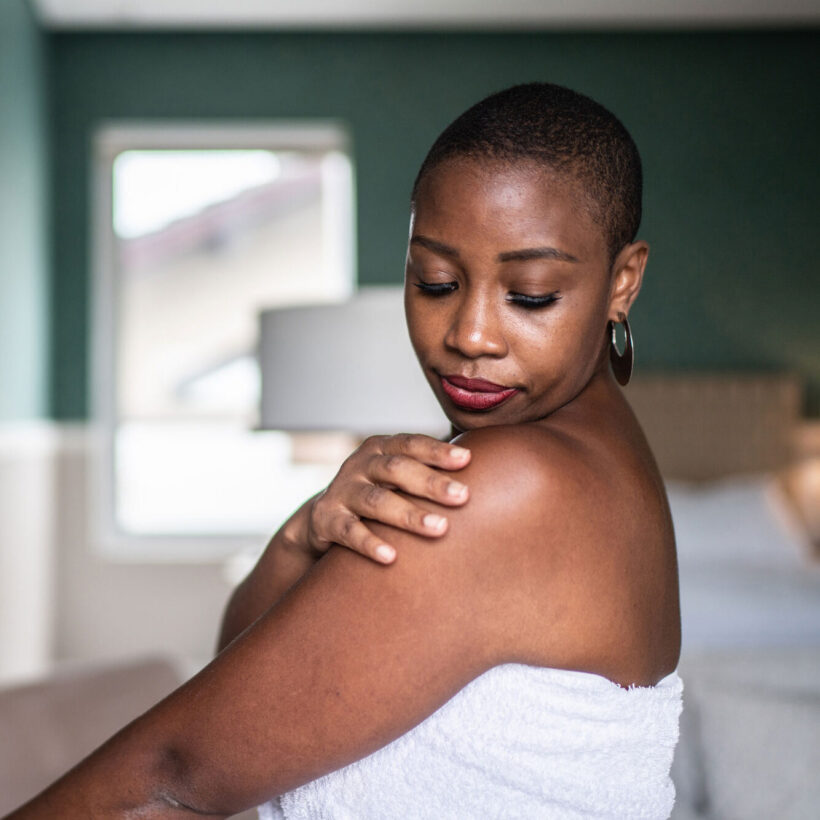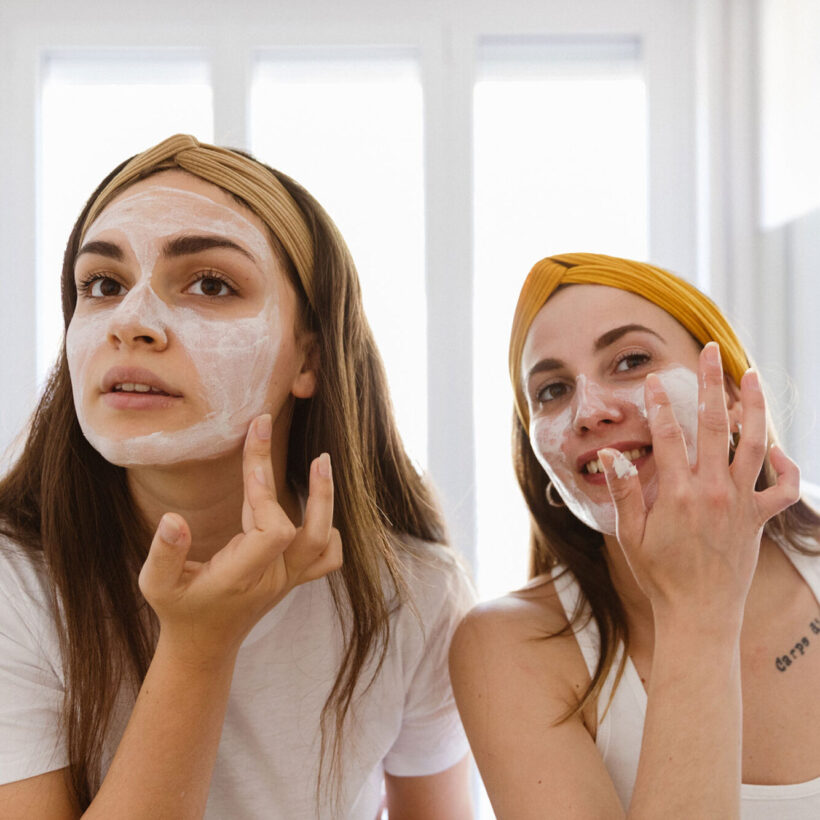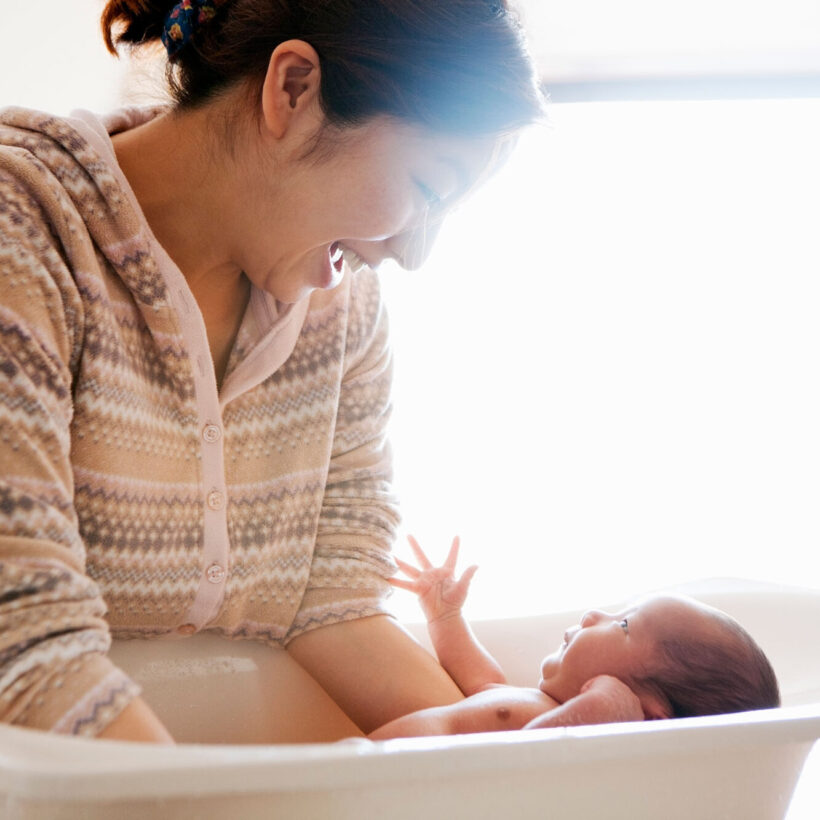There is a moment when you are eating nachos for dinner, thinking about how you can go to bed without doing the dishes if you do not feel like it when the sweet reality of adulthood hits. I can do whatever I want. Suddenly the nachos appear to glow, little fairies sing and dance around the pile of mounting chips, and you declare to your cat, “THIS IS IT. WE DID IT.” But the next morning, peering into the foggy post-shower mirror, you spot it. An intruder. A pimple.
HOW? WHY? You thought you were past this! You can buy as-seen-on-TV pillows without anyone’s permission, so why are you still breaking out like a teenager? These are the questions you ponder while finally washing that stack of dishes you wish you had done last night. Sigh.
Checking the calendar, you realize it is no coincidence — or cosmic punishment, which is what you really suspected. Your period cycle can throw your skin out of the loop just like it does your mood, your cramps and your dinner nachos craving.
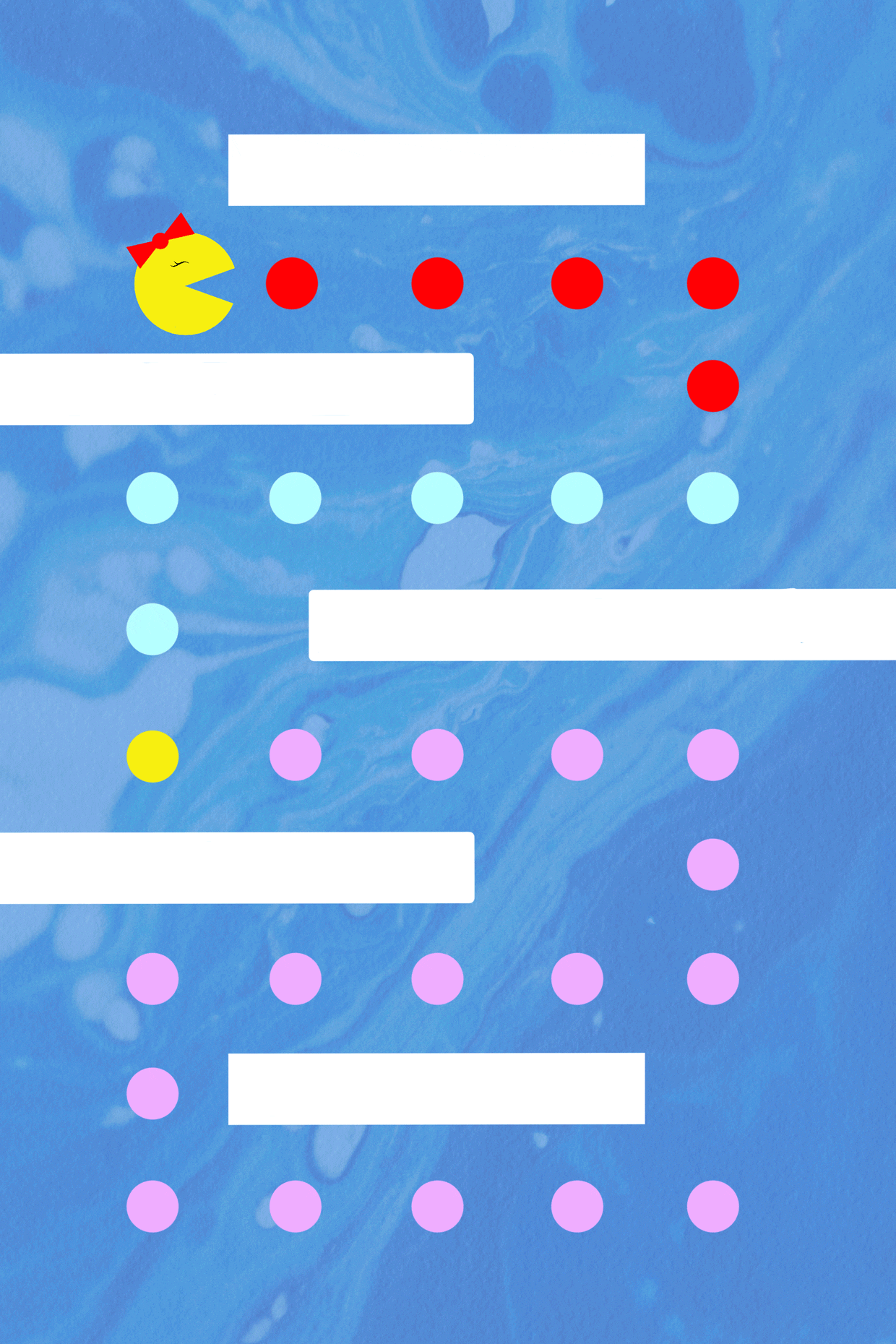
Studies conducted in 2004, 2014 and 2017 found that “premenstrual flare” is quite common, and as many as 68 percent of women experience breakouts during this time of their cycle. “Premenstrual flare” may sound like a classic rock-themed laser show, but it actually refers to the week before your period, when your hormone balance rocks and rolls like it is at a laser show. During the menstrual cycle, hormones levels — estrogen and progesterone — in the bloodstream rise and fall. At the start of your period, they are low. In the middle (ovulation) phase, estrogen increases, then progesterone rises a little after that, and they ride out the rest of the cycle. Unfortunately, when your hormones are out of balance, they can cause a spike in oil production in the skin. The oil clogs the pore and inflames the skin, causing a bump or pustule to form underneath the skin or come to the surface.
Gary Goldenberg, M.D., assistant clinical professor of dermatology at The Icahn School of Medicine at Mount Sinai Hospital, who conducted the study in 2014, found that nearly 90 percent of his acne patients are adult women. Unlike teenage acne, it tends to appear at around age 25, in a U-shape along the jawline. “What patients told us in the clinic was similar to what the study showed. Some women flare right before, some during and some throughout their entire cycle. Many patients just have flares, basically, one and a half to two weeks out of every month,” he says.
How he treats it depends on the patient. Goldenberg looks at diet and might suggest taking out foods with added hormones, like certain dairy and non-organic meats. Then he discusses topical treatments, skincare and makeup routine, the possibility of Accutane, and procedures like Laser Genesis and micro-needling, which pricks the skin with small needles in order to help the skin generate collagen and heal scars for smoother, clearer skin. When your period ends — and hormone levels are more stable — might be the best time to do a peel (Goldenberg cautions against at-home peels, which can cause even more inflammation if not done properly) or seriously exfoliate. We say might because peels have not been studied definitively yet, but working exfoliation into your routine is often a good plan to help the skin cells turn over.
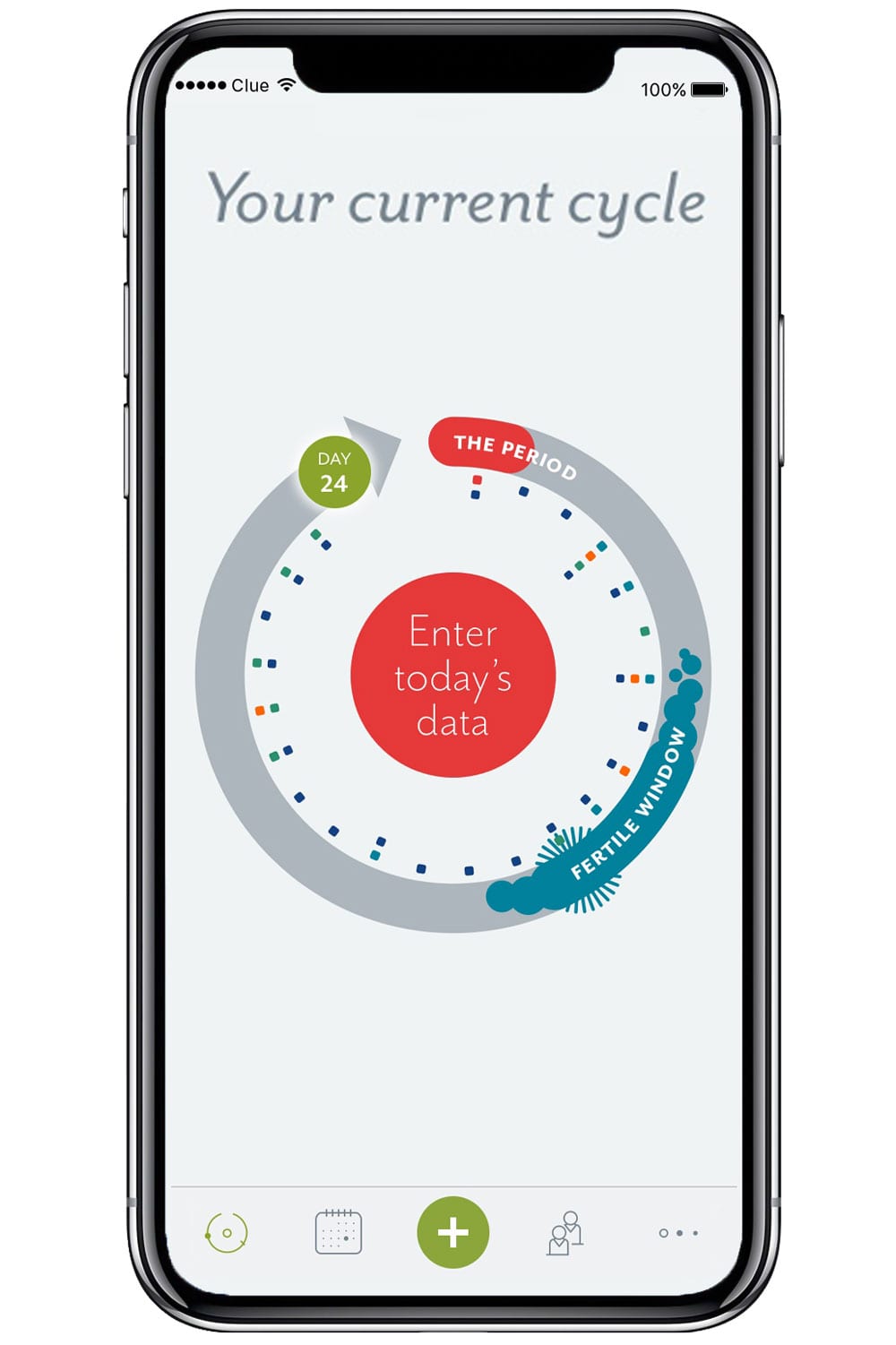
Above all, topically treating acne is the most immediate way to treat pimples that pop up a week before your period — or during, or after. Knowing it is coming, however, is what separates us from our teenage selves. (And if you have not downloaded a period tracking app like Clue, that will take any mystery out of the equation.)
The week before your period, you can get proactive and start washing with a gentle cleanser, taking the time to rub it into your face; go the extra mile and remove it with a warm washcloth to use the steam to your advantage. Then apply an oil, serum or moisturizer with salicylic acid, which clears out blackheads and pores. Lastly, masks with sulfur also help dry out acne, but you are treading into extreme treatment territory here, so if you have dry skin, skip the sulfur.
At this point, you might be thinking about the hormones in birth control. Multiple studies have shown that acne can be improved with certain oral contraceptives (it depends on what hormones are present in the pills, with some case-by-case exceptions, but talk to your doctor if you want to look into this for yourself). On the other side of the birth control coin, IUDs can do the opposite, causing severe acne. We are talking about the progesterone-only hormonal IUDs (there are hormone-free options available). Unlike birth control pills, which contain a few different hormones that balance out the acne situation, progesterone on its own can cause acne that ranges from mild to cystic.
If you are noticing more breakouts than usual, know that every cycle is different, says Goldenberg. Chat with a doctor to formulate a personalized treatment plan for your skin.
We will let you get back to your regularly scheduled I-am-an-adult-I-can-do-whatever-I-want-time, where the forces of control over your life are, thankfully, in your hands. Some things — filing for a tax extension, returning that lumpy infomercial pillow, and predicting your period’s wrath on your skin — might not be your favorite way to spend it, but you have got this.
